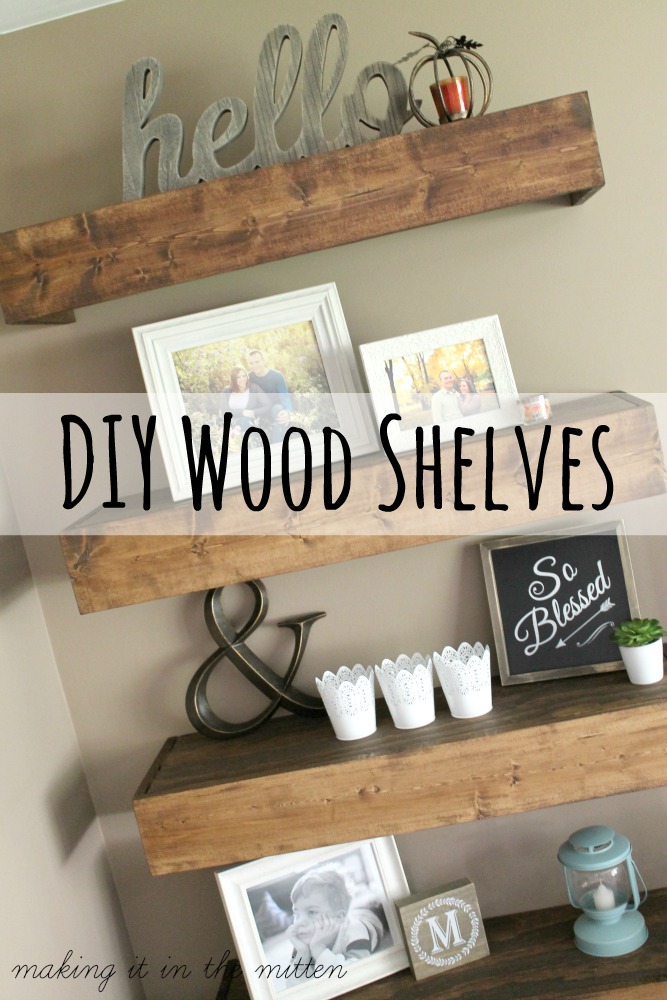

Use the tape measure and chalk line or T-square to mark across the short side of the plywood at 16-inch increments (16, 32, 48, and 64 inches). Step 6: Cut the plywoodĬut the remaining stud in half and use both halves to lift the plywood off the ground.

Use the 2 ½-inch wood screws to attach the shorter boards to the longer boards, taking care to keep the frame as square as possible during assembly. Working with one frame at a time, apply a bit of glue or construction adhesive to the edge of each short board and place them between the 48-inch boards to form the frame. Separate the boards into four piles of two 48-inch boards and three 13-inch boards, with the shorter boards stretching between the longer boards at the pre-drilled locations. Also, drill two holes in each of these boards at 24 inches (center). Pre-drill the 48-inch boards, drilling two holes in the face of the board, ¾ of an inch from each edge. Use the miter or circular saw to cut the boards at all six marks, resulting in twelve 13-inch-long boards. Transfer these marks across both studs with the speed square. Use the tape measure to mark one stud every 13 inches (13, 26, 39, 52, 65, 78, and 91 inches). Place two studs side by side and align their ends. Cut all four of the studs with the miter or circular saw, resulting in eight 48-inch-long boards. Again, use the speed square to transfer this mark across all four studs.

Use the tape measure to mark one of the studs at 48 inches. Place another four studs side by side and align the ends. Then, using the circular saw or miter saw (with proper safety gear), cut each board to length at the mark. Lay the speed square on the boards and transfer this mark to all four. Hooking the aligned end with the tape measure, mark one of the boards at 72 inches. Place four studs on edge, side by side, and ensure that they’re evenly aligned on one end. Each of the shelves on this list has a unique purpose and not all require power tools like a circular saw and more.Related A Guide to Garage Organization, Storage, and CleaningĪlso, due to this project’s size, it’s best to have a flat spot like a driveway or garage floor to work on. Or a closet that could get redone after seeing these shelf designs.īuilding your own shelves can be either decorative or completely functional. You may even decide that there is a blank interior wall in your home that could use some shelving. You will love checking out this list of DIY shelving ideas. The best part about creating your own shelving is that you get to pick the style, price of materials, and difficulty. As far as DIY home projects go, building your own shelves is not that much harder than putting up premade ones (not to mention how much you will save for way higher-quality materials). DIY Shelving Ideas Can Get Your Organizedīuilding your own DIY wall shelves can save you money and have you get a custom look to fit your style.
DIY WOOD STORAGE SHELF FULL
*Disclosure: I only recommend products I would use myself and all opinions expressed here are our own. This post may contain affiliate links that at no additional cost to you, I may earn a small commission. Read our full privacy policy. DIY shelving is the perfect opportunity to add extra storage while avoiding buying expensive premade ones. Are you looking for DIY shelves you can build today? Here are some of our favorite DIY shelves for any room in your home.


 0 kommentar(er)
0 kommentar(er)
